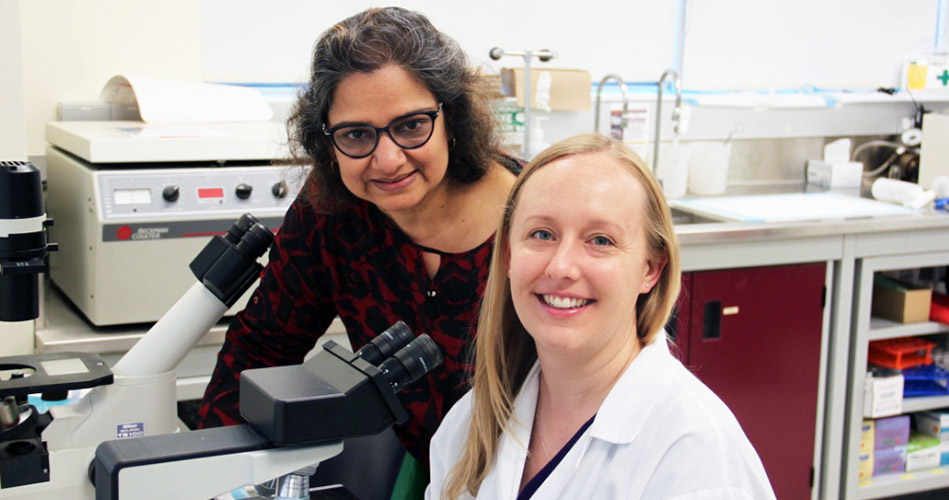High risk sex behaviors impact women’s health says McMaster study

High-risk sexual behavior like sex work may be biologically linked to an increased risk of acquiring human immunodeficiency virus (HIV) and other sexually transmitted infections (STIs), new research at McMaster University has found.
Women involved in high-risk sexual behavior have greater bacterial richness and diversity in their vaginas and a lower abundance of the protective type of bacteria, Lactobacillus, than the women who were not sex workers, says the paper published in the journal PLOS One.
The research team was led by Charu Kaushic, professor of pathology and molecular medicine at McMaster University, and compared samples of vaginal microbiota of both, women who were involved in sex work and those who were not sex workers in Nairobi, Kenya.
Kaushic said that, while many factors such as ethnicity, diet, and cultural background affect the vaginal microbiota, low diversity vaginal microbiota predominated by Lactobacillus species is associated with less risk of vaginal infections. Diverse vaginal microbiota, low in Lactobacillus species, is associated with an increased prevalence of STIs and HIV-1 acquisition.
“The tendency for sex workers to have a more diverse vaginal bacterial microbiota might put them at an increased risk for STIs, and be a biological reason why they are more susceptible to STIs,” Kaushic said.
Dr. Kaushic’s research is supported by the Canadian Institutes of Health Research and the Ontario HIV Treatment Network. This study was conducted under a team grant funded by Canadian HIV Vaccine Initiative, a Canadian government initiative to develop HIV vaccines.
“Studies like ours are vital to the discovery and development of new and innovative prevention strategies against sexually transmitted infections, particularly HIV-1”, said Jocelyn Wessels, lead author of the paper and a post-doctoral fellow in Kaushic’s lab.
“This type of work is significant, as AIDS-related illnesses have resulted in an estimated 35 million deaths since the start of the epidemic.”

